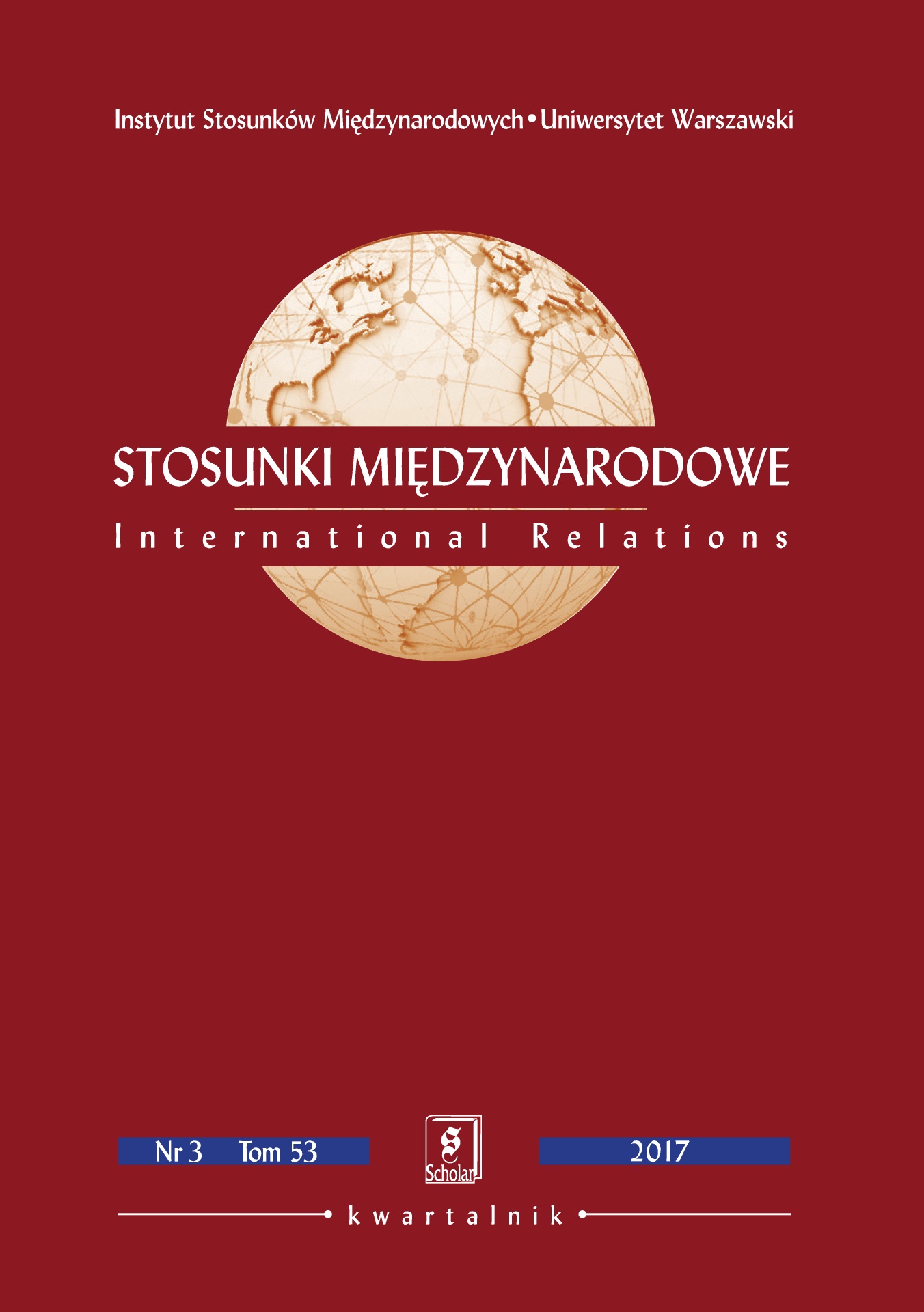Traktat o zakazie broni nuklearnej
Treaty on the Prohibition of Nuclear Weapons
Author(s): Janusz SymonidesSubject(s): Politics / Political Sciences, Social Sciences, Economy, Law, Constitution, Jurisprudence, Geography, Regional studies, Peace and Conflict Studies
Published by: Wydawnictwo Naukowe Scholar Sp. z o.o.
Keywords: nuclear weapons; weapons of mass destruction; disarmament; denuclearisation; prohibition; use; non-proliferation; ban
Summary/Abstract: The Treaty on the Prohibition of Nuclear Weapons was adopted on 7 July 2017, with 122 countries for and only one (the Netherlands) against, and with Singapore abstaining. The nine countries with nuclear weapons and countries allied with them did not take part in work on the Treaty or in the vote. The Treaty was signed on 20 September 2017 by 50 states and has already been ratified by three countries – the Holy See, Guyana and Thailand. It will enter into force once ratified by all 50 countries. Art. 1 of the Treaty obliges the states parties not to develop, test, manufacture, transfer, take control of, use or threaten to use nuclear weapons under any circumstances. The negative attitude of the nuclear states toward the Treaty will have no bearing on when it enters into force and on the number of acceding parties. The prospect of achieving full and universal nuclear disarmament is distant, if at all realistic within the prescribed time period. However, from the standpoint of international law, the Treaty has tremendous historical significance since it actually delegalizes nuclear weapons, which is important with regard to prohibiting their use. This means that once the Treaty enters into force, all three kinds of weapons of mass destruction will have the same status. They will be illegal.
Journal: Stosunki Międzynarodowe
- Issue Year: 53/2017
- Issue No: 3
- Page Range: 35-50
- Page Count: 16
- Language: Polish

